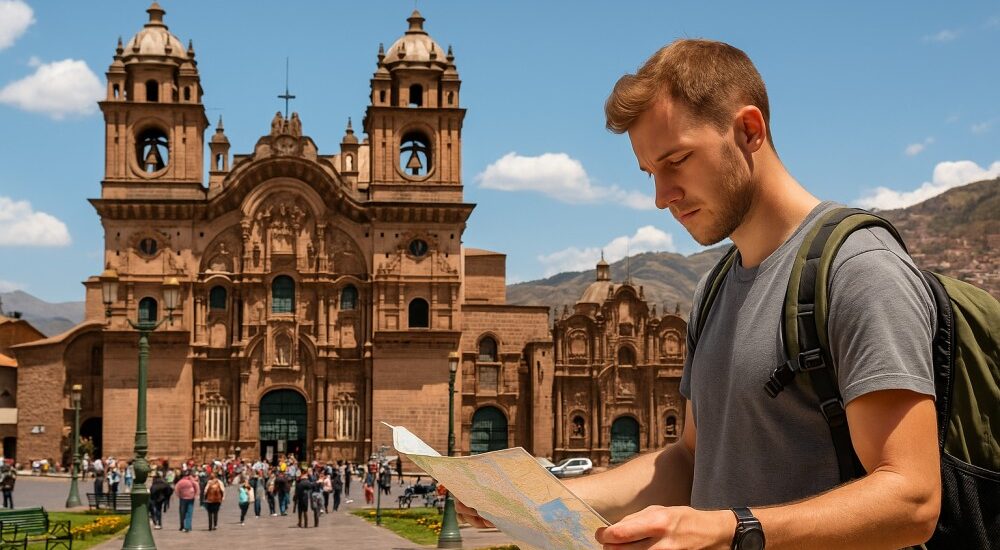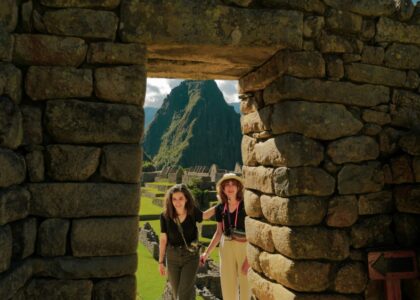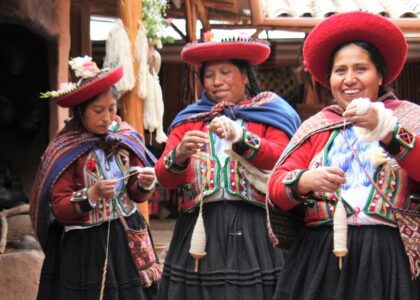Planning a trip to Peru? Whether you’re preparing to hike the Inca Trail, explore Machu Picchu, or sip pisco sours in Lima, it’s important to get the facts straight before you go. From entry requirements to cultural customs, this guide answers the most frequently asked questions with up-to-date Peru travel tips and essential insights on what to know before visiting Peru.
Do I Need a Visa to Travel to Peru?
Short answer: It depends on your nationality.
Who Doesn’t Need a Visa?
- Citizens from the U.S., Canada, UK, EU, Australia, and most of Latin America can enter Peru visa-free for tourism.
- You’ll receive a tourist stamp upon arrival, valid for up to 90 or 183 days, depending on immigration discretion.
What You Need:
- A passport valid for at least 6 months beyond your travel dates
- Proof of onward travel (return ticket or exit flight)
- Address of your first accommodation
Who Needs a Visa?
- Citizens from some African and Asian countries may need to apply in advance.
Check Peru’s consular website or your local embassy for exact Peru travel requirements.
Are Any Vaccines Required for Peru?
Required Vaccines:
- None for general entry into Peru (as of 2025)
Recommended Vaccines:
- Hepatitis A & B
- Typhoid (especially for food-focused travelers or rural visits)
- Tetanus (up-to-date booster recommended)
- Yellow Fever: Strongly recommended if visiting the Amazon region (e.g., Iquitos or Puerto Maldonado)
Tip: Bring your Yellow Fever vaccination card if you plan to continue to countries like Brazil or Bolivia after Peru — they may require it for entry.
Is Peru Safe for Travelers?
Peru is generally safe for tourists, but as with any destination, smart practices matter.
Safe Cities & Areas:
- Cusco, Sacred Valley, Lima (Miraflores & Barranco), Arequipa, and Puno are well-traveled and secure
- Machu Picchu is very safe, especially for guided treks
Safety Tips:
- Stick to well-lit and busy areas at night
- Use official taxis or ride apps like Uber or Cabify
- Keep valuables secure and don’t flash electronics or jewelry
- Be cautious in crowded markets and transport hubs (pickpockets)
- Use ATM machines in banks or inside buildings
Bonus Peru travel tip: Carry a copy of your passport, and leave the original in a locked hotel safe when exploring.
What Are Peru’s COVID-19 Entry Requirements?
As of 2025:
- No COVID-19 test or vaccination is required for entry
- Face masks are optional but still recommended in crowded indoor areas and public transport
- Carry travel insurance that covers COVID-related disruptions just in case
Always check your airline and Peru’s Ministry of Health website before flying, as entry protocols can change.
What Currency Is Used in Peru?
- The official currency is the Peruvian sol (PEN)
- ATMs are widely available in cities and towns
- Credit cards are accepted in most hotels and restaurants, but cash is king in markets and rural areas
- Tip: Carry small denominations for taxis, street vendors, and public bathrooms
What Language Do People Speak in Peru?
- Spanish is the national language
- Quechua and Aymara are spoken in Andean and southern regions
- English is common in tourist areas, but knowing some basic Spanish is a major plus!
Key Phrases:
- Hola (Hello)
- Gracias (Thank you)
- ¿Cuánto cuesta? (How much is it?)
- Baño (Bathroom)
What’s the Tipping Culture in Peru?
- Restaurants: 10% is appreciated, especially in nicer restaurants
- Taxis: Not expected, but rounding up is polite
- Tour guides and porters: Tips are customary and vary by length and location of the tour
What’s the Best Time to Visit Peru?
Dry Season (May–September):
Best for trekking and visiting high-altitude areas like Cusco and Machu Picchu.
Wet Season (October–April):
Great for lush scenery, fewer crowds — and coastal cities like Lima are sunnier during this time.
Cultural Etiquette and Local Customs
- Greet people with a handshake or one cheek kiss (among locals)
- Dress modestly when visiting churches or rural areas
- Always ask before taking photos of people, especially in indigenous communities
- Bargaining is normal in markets, but do it respectfully
- Don’t flush toilet paper — use the bin provided
Final Thoughts: Travel Smart, Travel Deep
Knowing what to know before visiting Peru helps you avoid hiccups and deepen your connection with this incredible country. From the right documents to respectful customs, a little preparation goes a long way.
Peru offers more than beautiful landscapes — it’s a cultural journey, and the more informed you are, the more rewarding your experience will be.
Ready to experience Peru like a pro?
Let Explorify Expeditions help you design a stress-free, immersive trip with insider tips and local expertise. Contact us today to start planning your adventure.






